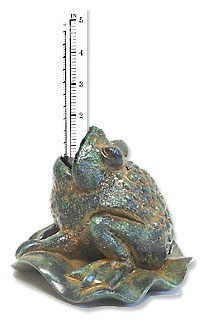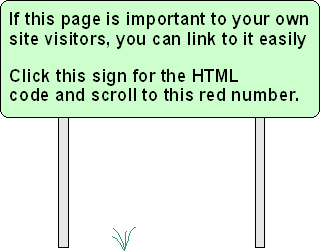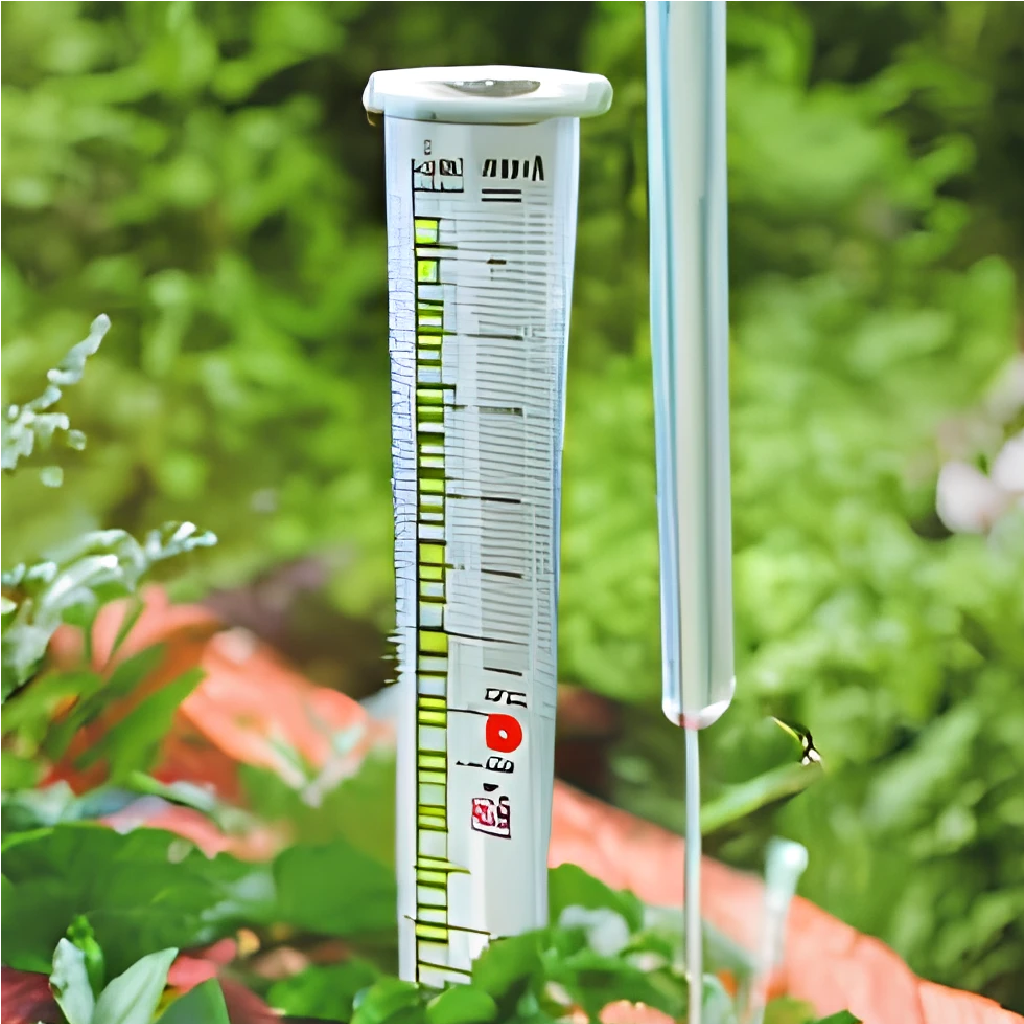Weather rain gauges measure rainfall, predict floods, and fuel forecasts.
Are weather rain gauges really necessary? Whenever we have heavy storms or prolonged rains, they tell us how much we got. What's the benefit to our farmers? Find out how deep the water is with a depth finder.
Why Rain Gauges Predict Floods - How will you know how much water fell during the next big storm, and how can that tiny gauge on your lawn help prevent a flood or save a farmer's crop? Explore the simple, yet essential science behind the weather rain gauge and learn how it fuels everything from forecasts to water conservation!
Find more weather instruments.
Is this worth reading? If it demystifies the world of rain gauges, and make it interesting. By helping us conserve water and predict floods, rain gauges have a tangible impact on daily life. Meteorological understanding can be hindered by technical explanations, like how rain gauges work so I hope this helps.
By highlighting the evolution of technology, information - from traditional measurement methods to modern digital and wireless gauges - gives us some insight into the methods of measurement. Rainfall data can be used to make informed decisions about water use, prepare for weather events, and better understand the world.
How do they do it? We describe precipitation like rain, hail, snow, or other water deposits by the vertical depth of the water. One inch is 25 millimetres, so we say it in inches or millimetres.
Rain gauges measure how much rain falls in a particular area over a period of time. Rain gauges are useful for several reasons:
- Farmers and gardeners rely on rainfall to grow crops. When to irrigate their fields or gardens and how much water to use, they can figure out how much rain has fallen.
- Measuring rainfall can help people conserve water by only using it when needed.
- Knowing how much rain has fallen can help predict and prepare for floods in areas prone to flooding.
- Meteorologists use rain gauges and the data they record to track rainfall patterns and predict weather. Disaster preparedness and planning depend on this info.
The technology
One of the official government rain gauges catches incoming raindrops and drains them. The measurement is taken in a vertical container. Water depth is measured visually by a technician.
Weather forecasting relies on rainfall and rain gauge data. Here's how they're used:
- Forecasting precipitation: Rainfall data is used to make predictions. The amount and intensity of rainfall in a particular region can be predicted by analyzing rainfall data from different places.
- Rain gauge data is used to monitor rainfall in a particular region over time. Information like this is used to identify drought-affected areas and provide early warnings.
- Forecasting flooding: Rain gauge data can also be used to predict flooding. Meteorologists can predict flooding by tracking the amount of rain in a particular area.
- Data from rain gauges is used to monitor climate changes. Scientists can identify trends in precipitation patterns by analyzing rainfall data from different areas.
Digital rain gauges and electronic rain gauges display rain info, and wireless rain gauges send data via radio wave to a separate base station.
Hailstones and snowflakes don't drain like raindrops. The rain gauge collects water well in rainy weather, but hail hits hard and bounces out, so it's hard to get accurate readings.
It's better to look at the hail on the ground right after the storm. Use a ruler to do this.
For snow, the same method works, but wind blows snow around a lot and makes accurate readings harder. Snow gauges are available from many of the same suppliers as raingauges.
There's no snow, so fire those ploughs - I got this from a completely anonymous source...
I hate living where i live all it is is rain we never have snow not even a tiny bit the most ive had is 6inches rain, wind or shine never snow.
Weather instruments come in artistic combinations for homeowners and gardeners. There are decorative weather vane rain gauges and wind and rain gauge combos. They're always popular. Why?
It's nice to have an attractive rain gauge in your garden. Rain gauges come in a variety of shapes, sizes, and designs, and some are even decorative. As well as adding a charming touch to a garden, these rain gauges measure rainfall.
Rain gauges are popular with gardeners and homeowners who want to track rainfall levels for gardening or environmental reasons. A rain gauge can add personality to a garden with whimsical designs like animals, flowers, or other decorative elements. Copper and glass are unique materials that add an elegant touch to any outdoor space.
Rain gauges are both functional and aesthetically pleasing, making them a popular choice for gardeners and homeowners.
#17
How do you use the data from weather rain gauges?
You might want to know the water equivalent of a recent snowfall. You can estimate how much water would be left in one of the weather rain gauges after melting by dividing by 10.
If you get five inches of snow, when it melts it will leave about half an inch of water.
Using a ruler, meteorologists measure snow depth on the ground. To get an average, they do it several times in several places.
Precipitation is also described by type, like rain, snow, etc. It specifies intensity by using terms like light, moderate, and heavy, and precipitation character by saying if it's showery, intermittent, or continuous.
Then we hear light rain showers on the radio. Finally, we get rain accumulation information from the gauge. As already described, most give you a depth in inches or millimeters.
Rain gauges are a great way to keep track of precipitation and make informed decisions about water use, flood control, and weather. And overall, rainfall and rain gauge data are important for weather forecasting because they provide information about current and future precipitation patterns.
Go back from Weather Rain Gauges to the Weather Equipment web page. Or Visit the Stuff in the Air home page.
Search this site for more information now.
How much rain did you get?
In wet weather, rain gauges help us to assess the rainfall.
In general, this article's blend of practical insights, scientific explanations, and relatable examples creates an enjoyable and educational experience that should appeal to a wide range of weather, science, gardening, and environment fans.
Do you have concerns about air pollution in your area??
Perhaps modelling air pollution will provide the answers to your question.
That is what I do on a full-time basis. Find out if it is necessary for your project.
Have your Say...
on the StuffintheAir facebook page
Other topics listed in these guides:
The Stuff-in-the-Air Site Map
And,
Thank you to my research and writing assistants, ChatGPT and WordTune, as well as Wombo and others for the images.
OpenAI's large-scale language generation model (and others provided by Google and Meta), helped generate this text. As soon as draft language is generated, the author reviews, edits, and revises it to their own liking and is responsible for the content.





New! Comments
Do you like what you see here? Please let us know in the box below.